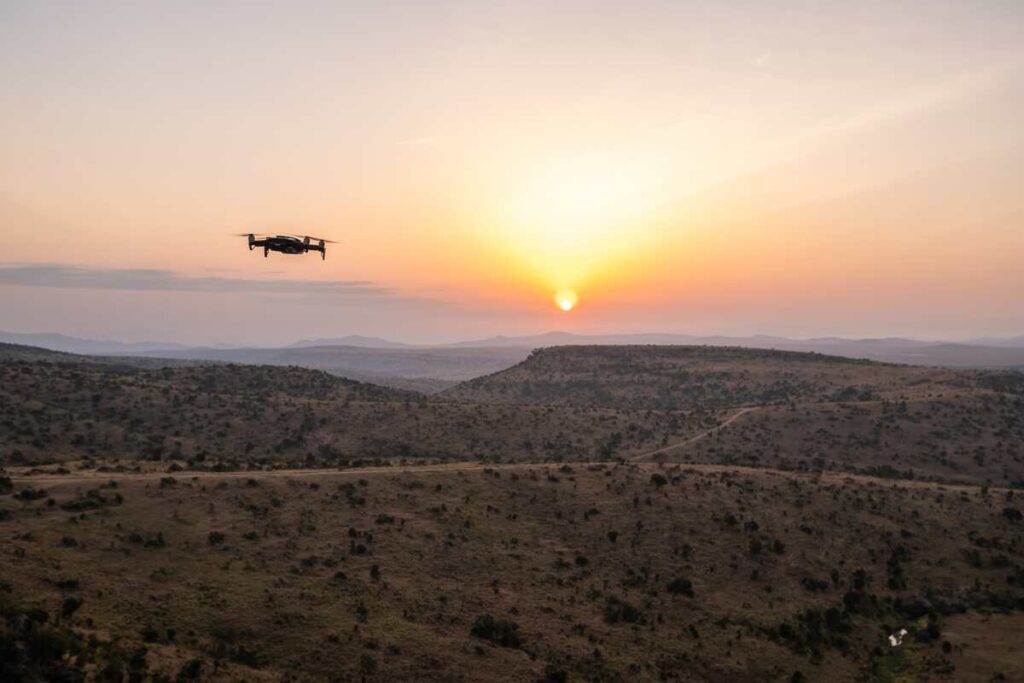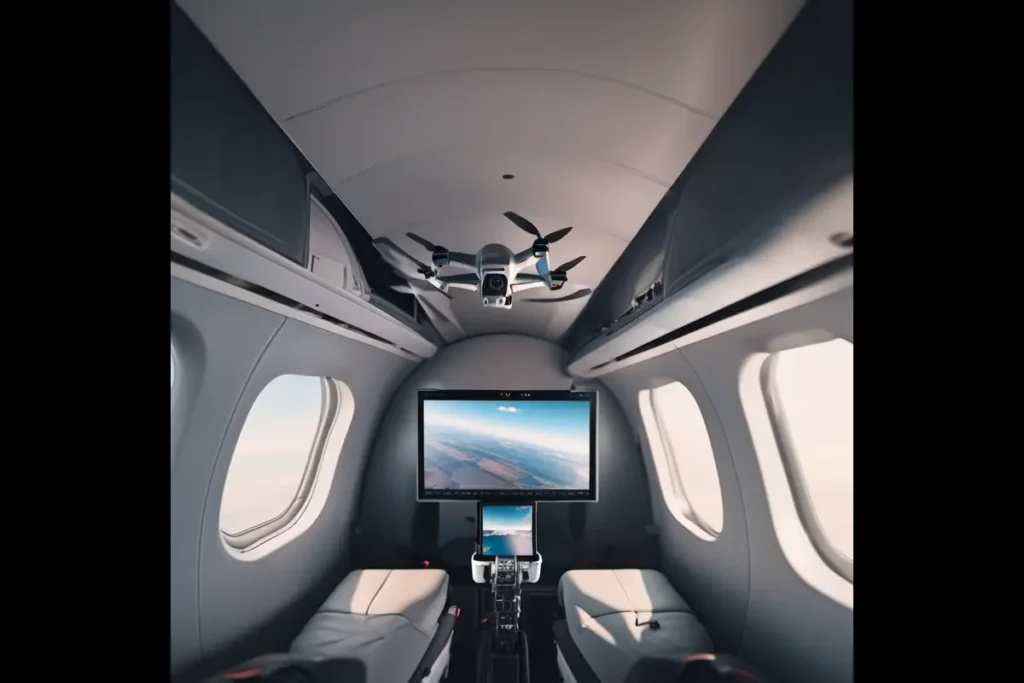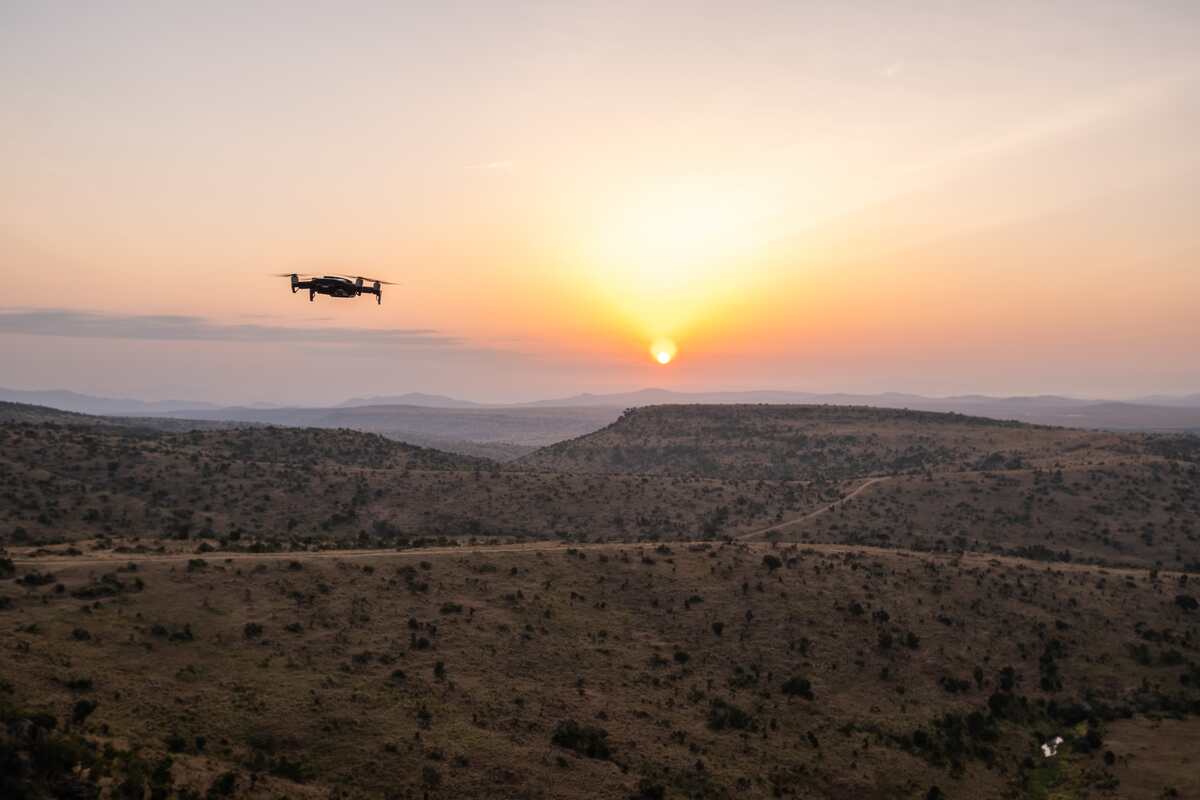How to Build a Drone | A Diy Guide
Get ready for excitement! Build your own drone from scratch with our easy guide.

Image Credits: Design Wanted
Flying a drone isn’t an exhilarating experience? Imagine what it will look like to build a drone. The thrill, the excitement, will be unbeatable. DIYing the Drone and then getting all set to be a Pilot with your creation is the next level. Trust us; the process of aspiration requires step-by-step action. We can understand your desperation to build your Drone, so get ready to get started with the process hassle-free.
Before jumping on to the essential tools required to build a drone, let’s understand the different types of drones. Based on that, we’ll decide which one to make. For simple understanding, we categorize drones on the basis of their sizes.
Different Sizes of the Drones

Image Credits: Google Bard
- 2" Class Build
This one is difficult for a beginner to build. It’s a challenging task to assemble tiny components. Precise soldering skills are required to build this Drone.
- 3-4" Micro Class Build
It is the smallest Drone in full size, suitable for outdoor flying. If you come with a soldering experience, then it’s manageable.
- 5" Mini Class Build
It is the most common Freestyle/Racing drone. It is versatile as they carry power in large amount and have incredible maneuverability. They can take an HD camera like GoPro without compromising flight characteristics. 90% of drones are in this category.
- 6" Mini Class Build
It’s an efficient option with a more long range. It is ideal for someone who prefers cruising at speed instead of racing. This drone size is used for long-range setup and is perfect for flying over scenic locations.
- 7+" Class Build
This drone size is best for videography/photography. As they are big, these drones can carry a camera with the help of a stabilized system. They also use GPS to hold the position and automatically return to their starting location.
As per the experts, the recommended drone size is 5″ Drone. There are various reasons, from easy to build to having enough power to lift an HD camera. The supply parts required to make a 5″ Drone are easily available at an affordable price.
Parts Required to Build a Drone from Scratch:
You have made the most crucial decision of which Drone is good to build. The next step is to come across the suitable components.
- Frames
Notice two things in the frame of the Drone. Firstly, how many arms are there? Kindly note each arm will have one motor along with one propeller. So, drones with multiple motors will be called ‘multi-rotors.’ As Quadcopters are popular, we will be building a quadcopter. The Frame sizes have the farthest distance between the two motors. In quadcopters, the distance between the two diagonal motors is in millimeters.
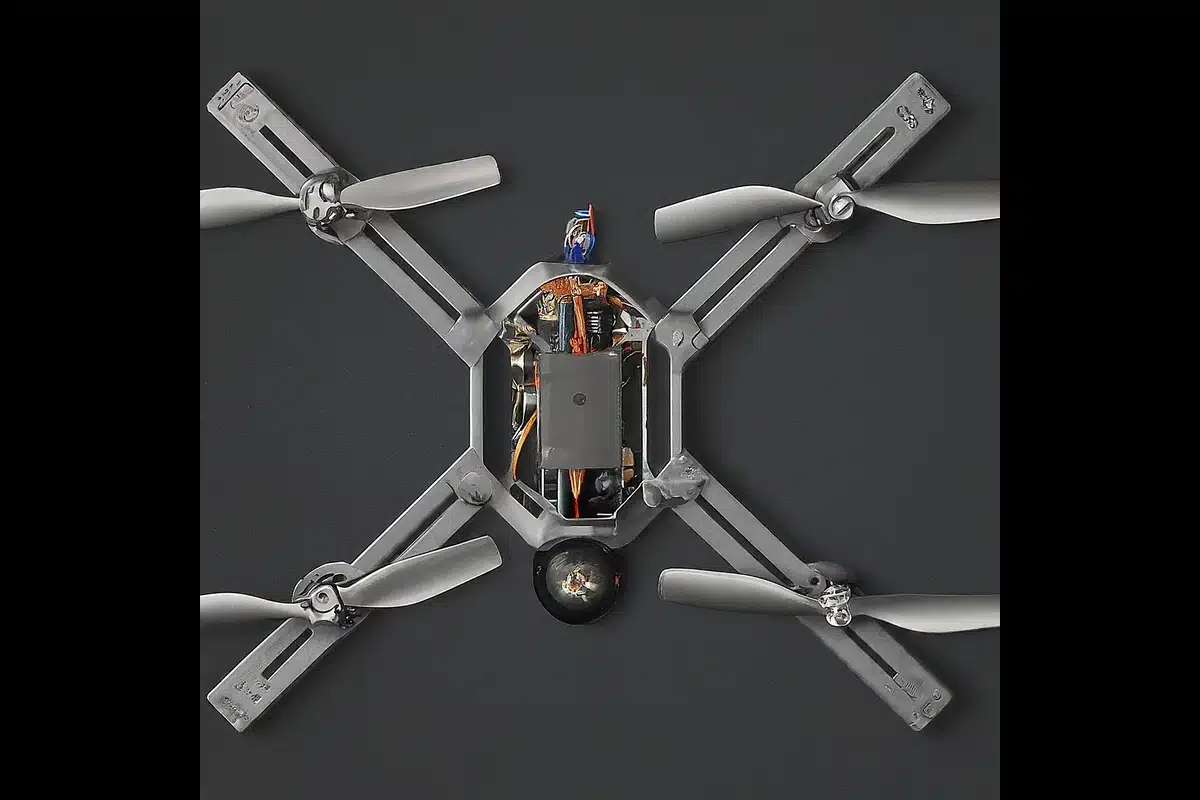
Image Credits: Google Bard
- Motors
The selection of motors plays a vital role in drone technology. It helps in determining the overall performance and longevity of your aerial vehicle. Among all the unique features of motor types are brushed and brushless motors; all have unique advantages and drawbacks. While brushed motors are generally found in budget-friendly, ready-to-fly drones, the susceptibility to wear and tear necessitates frequent replacements. On the other side, brushless motors offer better durability despite being a pricier alternative, making them the right choice for you if you are engaged in a DIY quadrocopter.
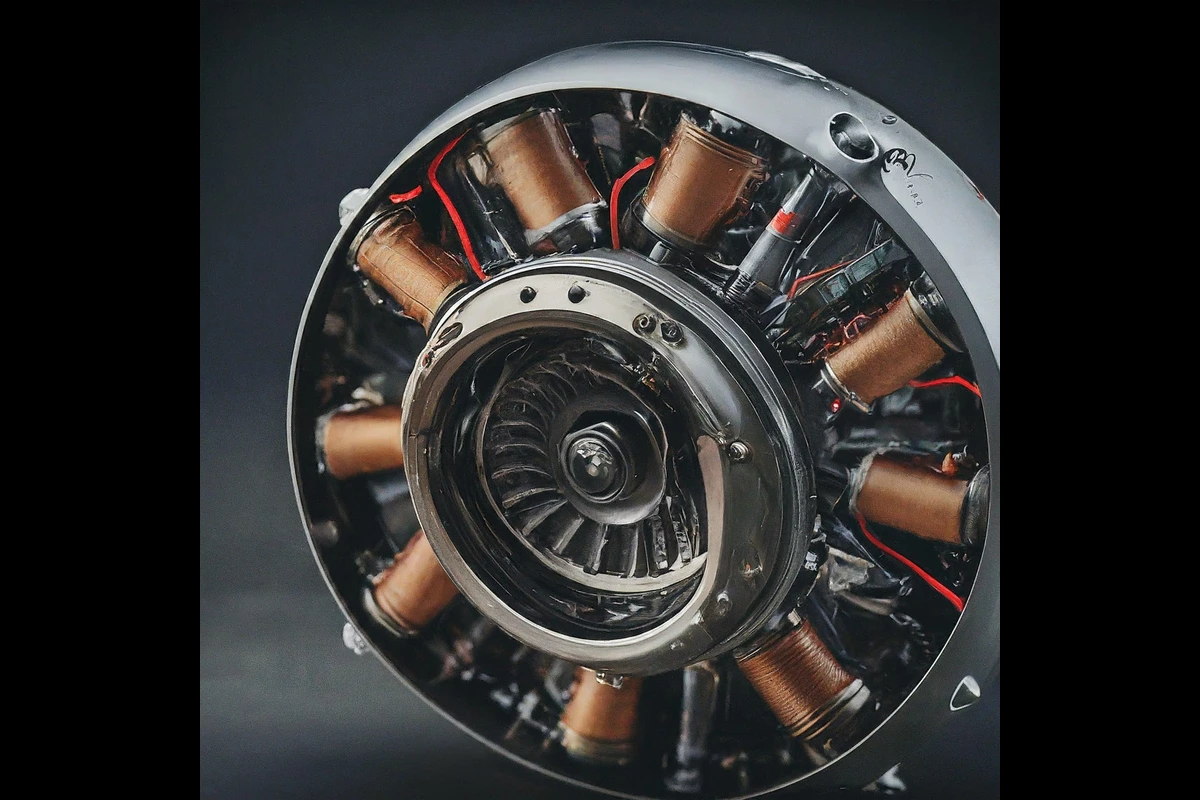
Image Credits: Google Bard
You need to understand the importance of KV rating as it directly impacts the ability of your motor to compel the Drone. Lower KV motors deliver higher torque, allowing them to spin larger propellers at slow speeds to achieve lift. Conversely, higher KV motors produce minimum torque, but they can rotate smaller propellers at a quick pace, facilitating lift for smaller drone configurations.
At the same time, you need to know that manufacturers provide detailed information regarding the recommended elements that you should pair with this specific motor.
- Propellers
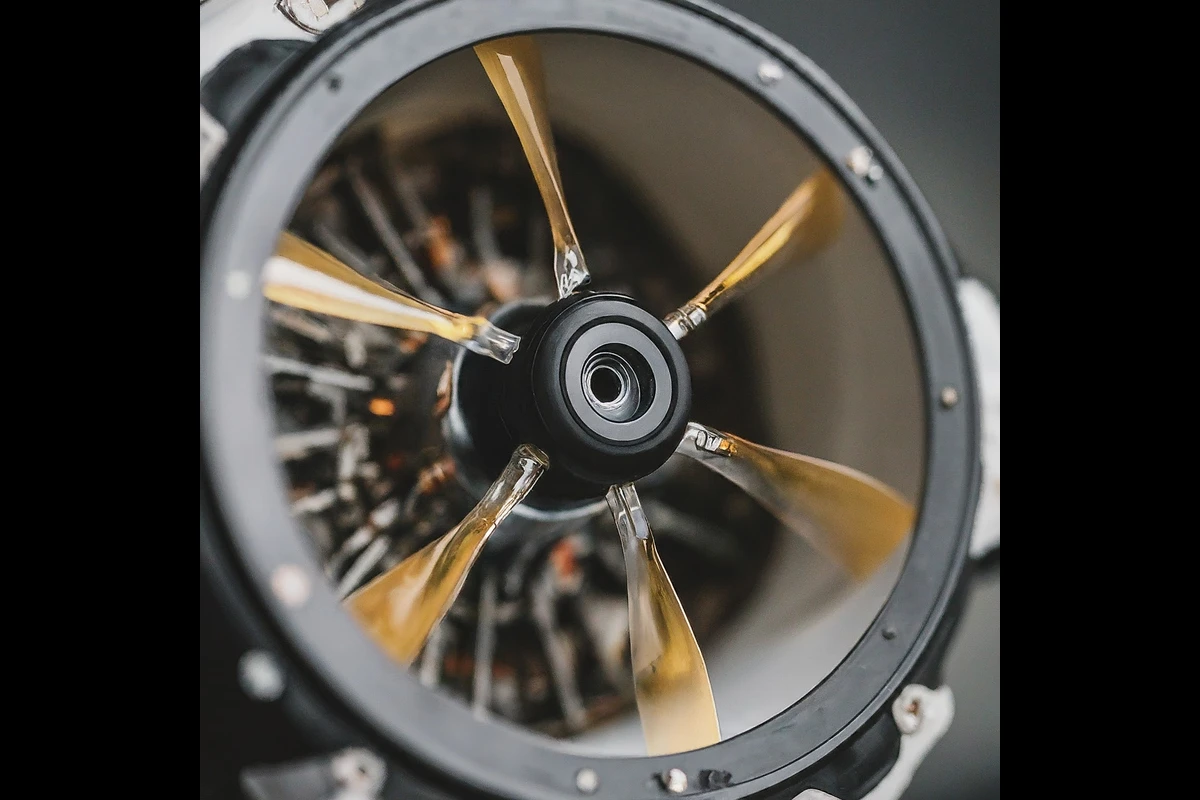
Image Credits: Google Bard
Propellers play a crucial role in generating the critical thrust for aerial propulsion. You need to understand propellers’ terminology and other characteristics to select the appropriate ones to complement your specific drone build. Some of the most prominent propellers include 80451045 or 6030. Each digit conveys essential information about the size and pitch of the propeller. The first two digits indicate the propeller’s diameter in inches, and it serves the convenience of the American measurement system. The last two digits represent the pitch, also measured in inches. You need to understand the concept of pitch to make the most of the propeller’s operational characteristics.
- Electronic Speed Controllers (ESC)

Image Credits: Google Bard
The electronic speed controller is an essential intermediary between the flight control system and the brushless motors. They are very different from brushed motors requiring a direct current voltage input. You need to know that the brushless motors necessitate A challenging setup, including providing three-phase voltages to facilitate seamless operation. Electronic speed controllers have three outputs, and all of them are customized to correspond with the specific phases of the brushless motors.
- Lithium Polymer Battery (Lipo battery)
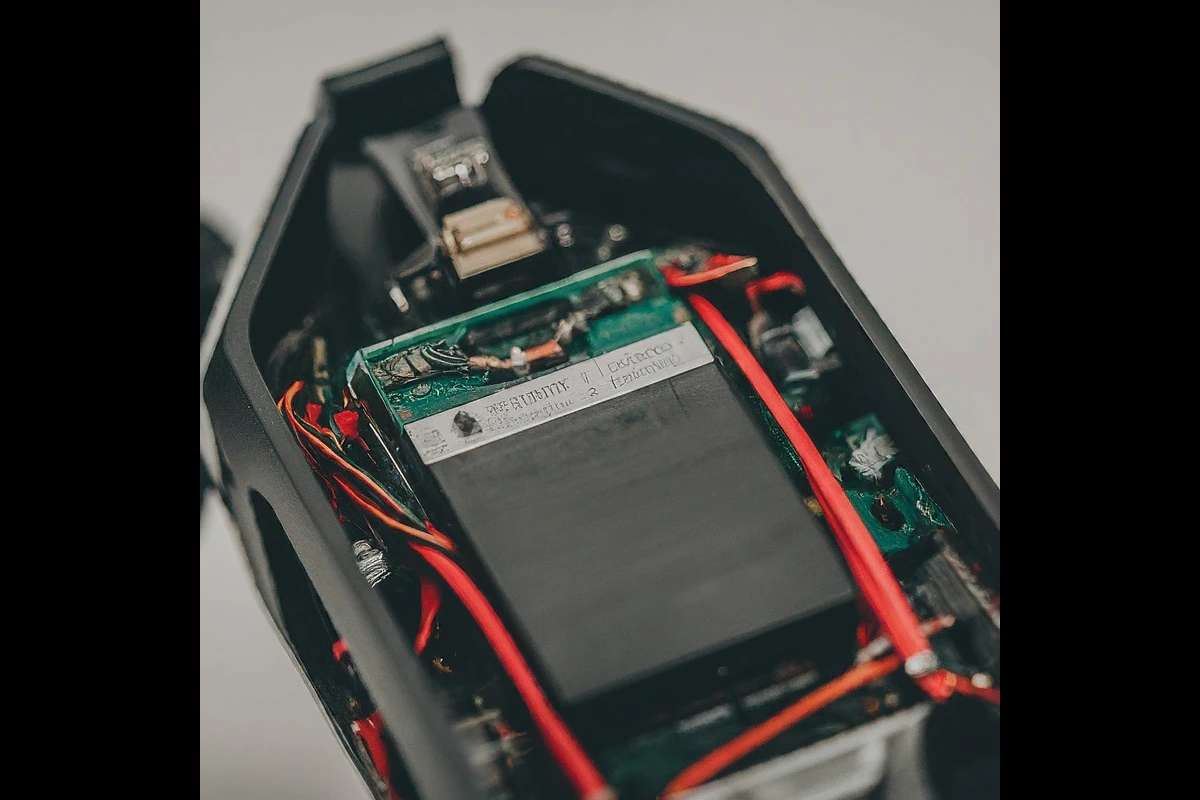
Image Credits: Google Bard
The capacity of a lithium polymer battery is denoted in milliampere hours, which is a significant indicator of the amount of charge the battery can hold. The batteries are generally used in drone technology because of their superior attributes like higher energy density, lightweight construction, and the ability to deliver optimum output currents. Understanding the importance of the battery capacity is very important for ensuring optimum power supply and sustained performance during drone operations.
- The Power Distribution board
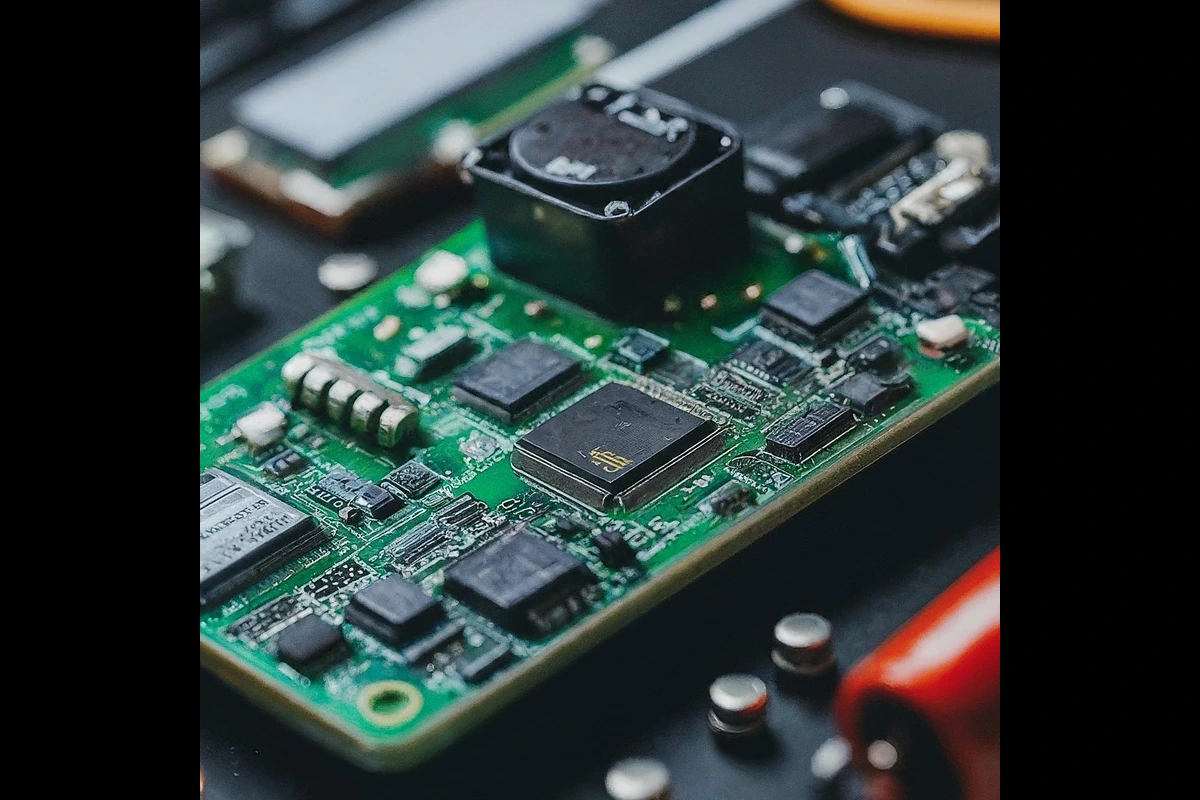
Image Credits: Google Bard
It works like a central hub for connecting the main electrical components of the Drone. It facilitates a smooth power distribution to essential parts like speed controllers and the battery connector. It works like a power Nexus and supplies power to the connected elements, ensuring seamless operation and functionality during the drone flight.
- Telemetry
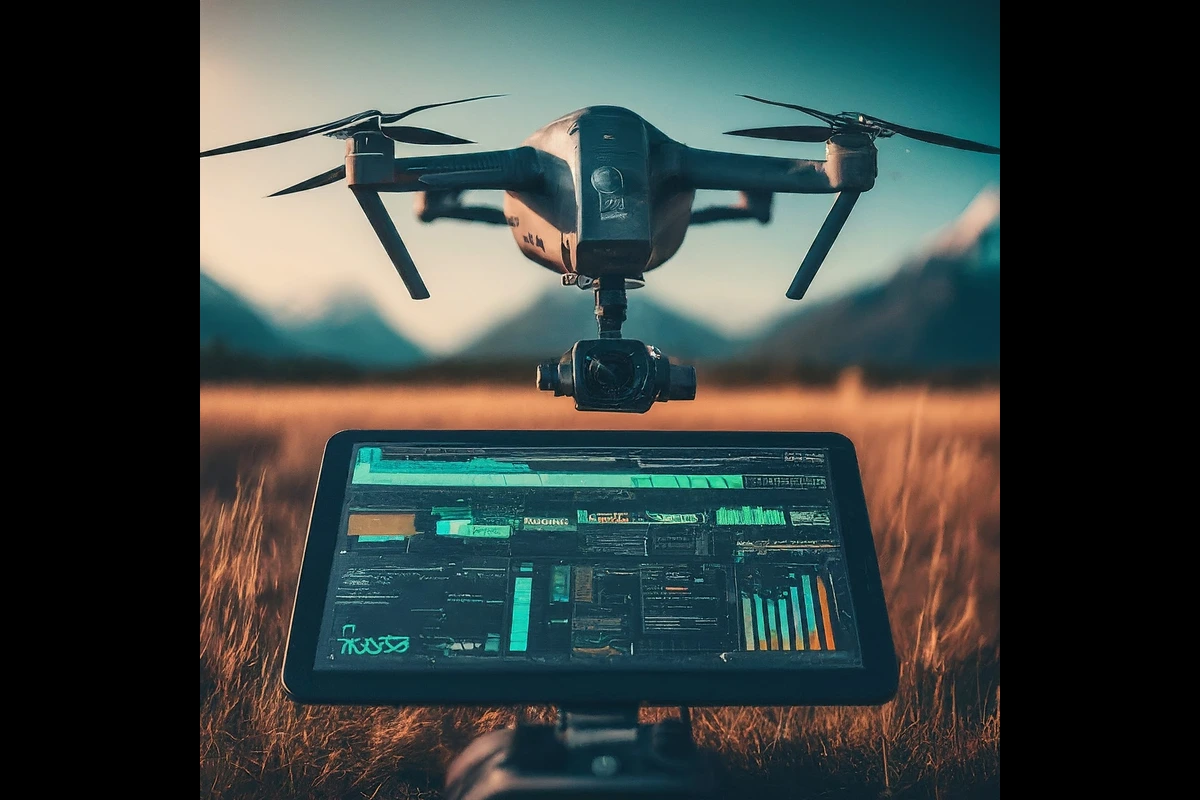
Image Credits: Google Bard
The ground control station can monitor and track flight parameters like drone position and battery voltage levels using telemetry modules. It can be used for remote drone control and works as a data transmission tool.
- Flight controller

Image Credits: Google Bard
The flight controller is another essential part of the drone architecture. It works like the core intelligence center and manages the coordination and integration of crucial elements like GPS and remote control. It features a gyroscope and accelerometer. It works like a significant control unit, allowing the automatic stabilization and balance of the Drone without needing manual intervention.
- The firmware
You need to know that the firmware is the underlying software that controls the flight controller. It plays a vital role in regulating the flight operations of your Drone. Depending on the type of the flight controller, the firmware can be proprietary or open source, allowing for public visibility.
- Global Positioning System

Image Credits: Google Bard
It is an indispensable part of modern drones. It allows for perfect positioning and navigation capabilities, improving the overall flight precision of your Drone. GPS module offers ideal performance and reliability, ensuring precision location tracking and data acquisition during flight operations.
Let’s Build a Drone with All your Chosen Parts!
You need to know that building a drone is an exciting but delicate process; you need to combine technical expertise with careful attention to detail. After carefully selecting the right parts, hands-on assembly is the next step. It would help if you approached it with patience and precision. Following these steps will ensure a seamless construction process.
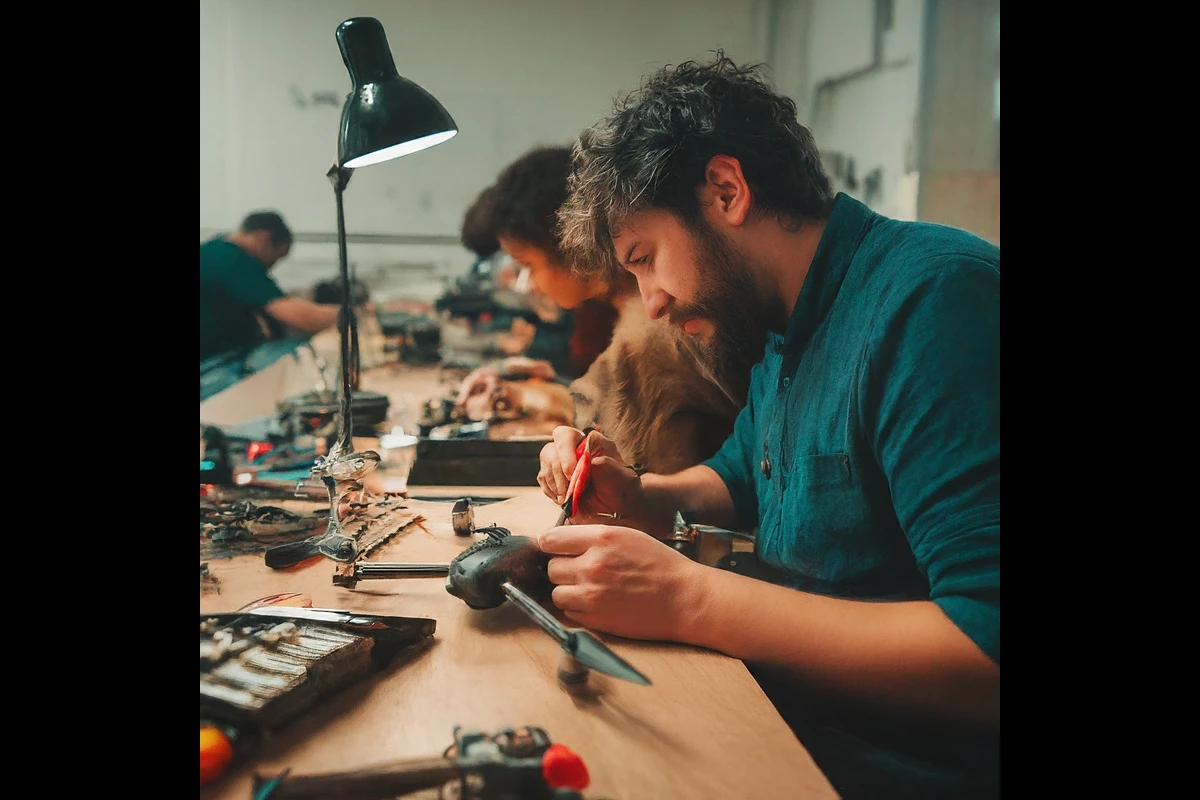
Image Credits: Google Bard
- The first step is selling bullet connectors to the motors and electric speed controllers. The process will demand a steady hand and meticulous soldiering technique. It will ensure a secure connection between the critical components. It would help if you soldered the ECS and battery connector to the Power Distribution board well, as it lays the foundation for the entire electrical system of your Drone.
- Carefully positioning the Power Distribution board in the center of the drone frame, generally using zip ties for secure fastening, is a major part of the task. Placing the ECS on each arm of the Drone with the next thing. You need to focus on the firm and stable attachment to ensure efficient Power Distribution. After you securely screw the motors to the end of each arm, it is very important for you to verify that the motors are correctly connected to the ECS using the right bullet connectors. You need to check the motor spin direction and any other adjustments.
- Now you can proceed with the installation of the RC input module towards the middle of the frame. It reinforces the communication capabilities of your Drone. You can fix the flight controller at the top or middle of your frame. The next step would be to mount the GPS in the central location, ensuring reliable positioning.
- One of the most important steps is calibrating the ECS, which ensures that the motors respond perfectly to the controller commands of the flight, improving the stability and control of your Drone during the flight.
- The last stages of assembly process include the careful management of the propellers. It ensures that the bolts are perfectly secured without excessive tightening. You need to verify that the correct propellers will be attached to the corresponding motors.
- You must connect the Drone to a ground control station. This will allow for sensor calibration and thorough preflight checks news GCS software like mission planner.
Conclusion
By choosing the right components and following the step-by-step guide, you can create a customized drone tailored to your specific requirements. The process requires technical expertise and attention to detail. The satisfaction of witnessing your creation soar through the skies is completely unparalleled.
Frequently Asked Questions(FAQs)
The exact cost to build a drone depends on the material that you would be using. But typically you have to spend anywhere between 350 to $500.
The fastest homemade Drone was made in Arizona, and it reached a speed of 224 MPH.
Generally, UAVs are mechanically simple as they feature a frame of flight controller, motor propeller speed controller, and first-person view equipment. 3D printing is not different from the flight. 3D printing can be one of the best ways to make other parts for recreational drones.
Yes, you need to register your Drone to make it fly. But you need to connect with the legal experts to know more about the legal formalities.
Why trust Brownspace?
At Brownspace, we write about what matters most to the audience. We do well-researched work to provide in-depth knowledge of drones. Additionally, we interview people using drones to ensure the credibility of the drones used and offer real-life user experience to our readers.
Share on...

Hi, drone enthusiasts! Born with a natural curiosity for the skies, I developed a love for drones early in life. I began flying drones in 2017 and have since piloted some of the best drones available, such as the Yuneec Typhoon, DJI Mini, Mavic Pro, Hover Camera, and Phantom 3. With passion for drones and expertise gained over the years, I would love to share my knowledge of drones at Brownspace. Stay tuned for an insider’s perspective about drones.



